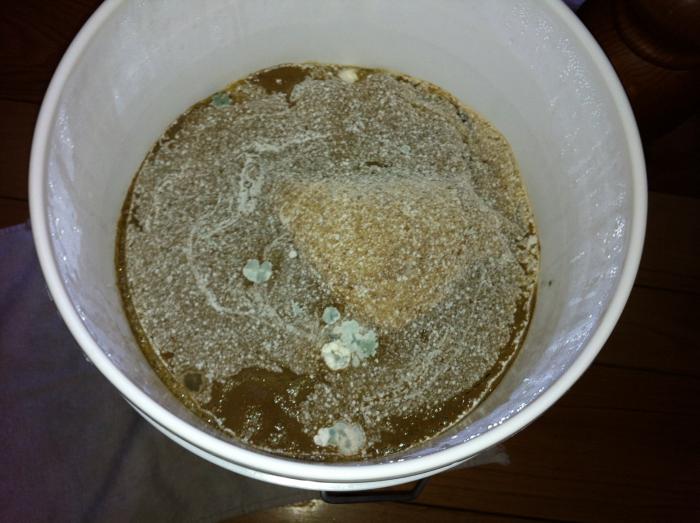catalogguy
New Member
- Joined
- Oct 28, 2013
- Messages
- 3
- Reaction score
- 0
This is my first time brewing. I bought the supplies ages ago, but the Wyeast packet puffed up (somewhat), so I presumed it had live yeast and I went forward. It's been 9 days, and I am not comfortable with the looks of this. I did not see any bubbling at all. Also, it took probably way too long for the wort to cool to pitching temperature, maybe 3 hours. I read that leaving too much Iodophor residue could also have caused problems. But I am just grasping at straws. Someone please tell me to throw this away and pick myself up.










































![Craft A Brew - Safale S-04 Dry Yeast - Fermentis - English Ale Dry Yeast - For English and American Ales and Hard Apple Ciders - Ingredients for Home Brewing - Beer Making Supplies - [1 Pack]](https://m.media-amazon.com/images/I/41fVGNh6JfL._SL500_.jpg)
















